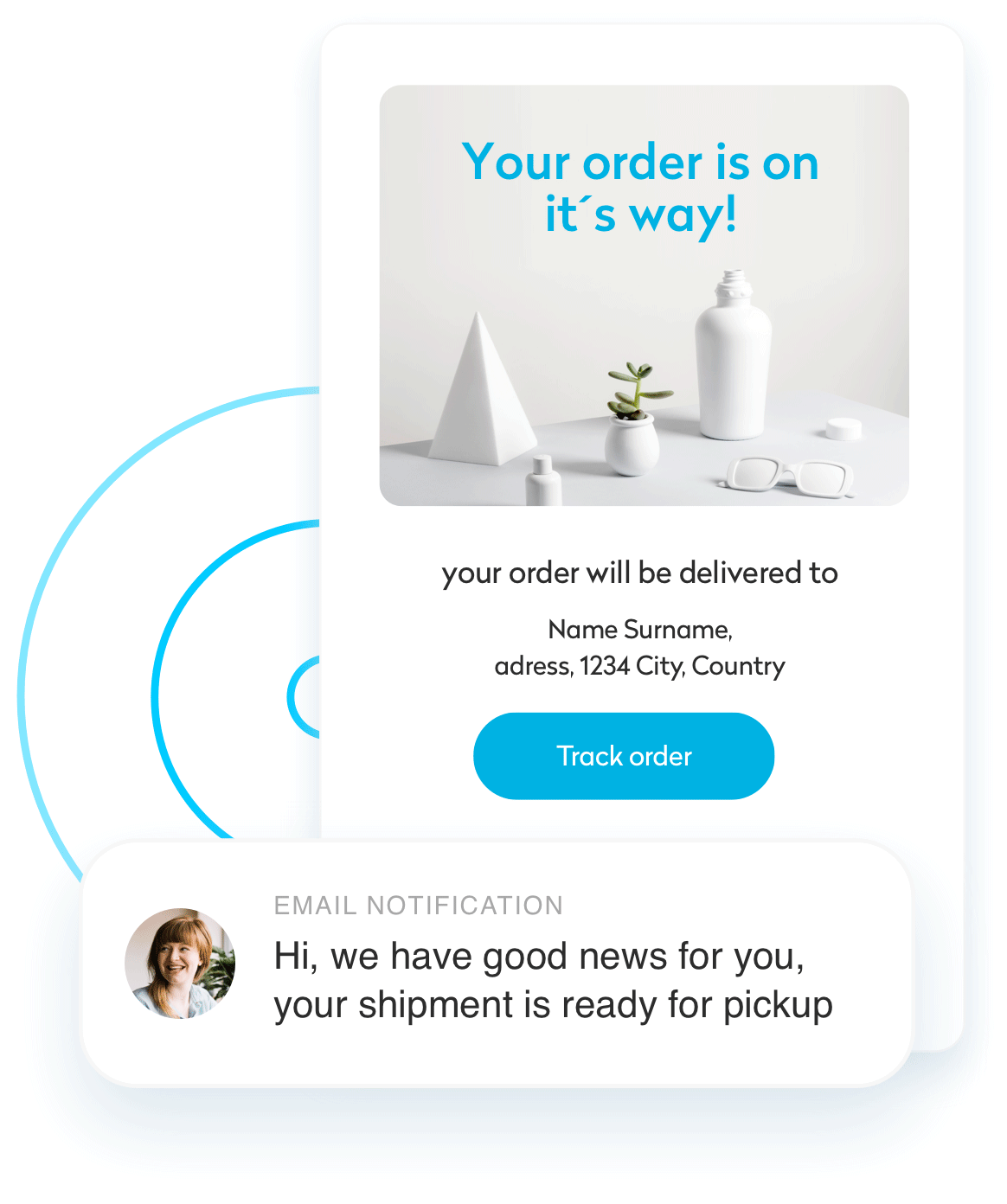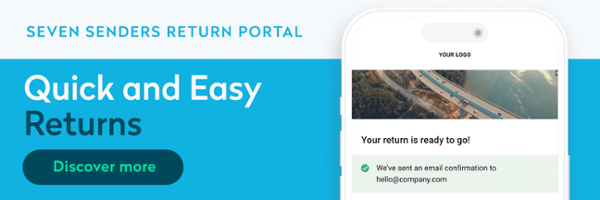Every year, e-commerce retailers face new challenges during the peak season between Black shopping week and Christmas. The high volume of order fulfillment, higher rates and surcharges, and often low transportation capacities mean you must have a plan in place.
Here are our four tips for a successful peak season shipping season:
1. Track logistic KPIs for better forecasting & performance
Monitoring, collecting, and analyzing data about your shipping processes should be part of your strategy to gain a competitive advantage. You need data insights into supply and inventory and your first and last mile performance to make informed, data-based decisions about what is or isn't working in your operations. Keeping track of your most important logistic KPIs allows you to forecast your shipping volumes better and prepare warehouse and hub capacities for peak times.
You can optimize your logistics operations via analytics tools that provide a complete, at-a-glance view of all orders and shipments. Having real-time data can help you prepare for peak season shipping and keep track of performance while it's happening. Setting up dashboards that help you quickly identify any irregularities with shipments are critical to give you a chance to react and respond– before customers are affected.
2. Establish a multi-carrier strategy to mitigate risk
Whether it's a matter of cost, speed, or flexibility, establishing a multi-carrier strategy ahead of peak season will keep you from running into unexpected issues. With a carrier mix, you set yourself up to handle sudden issues as you are not reliant on a single carrier. For example, suppose one of your carriers starts having capacity bottlenecks or demonstrates a sudden lack of reliability. In that case, you can react fast and shift volumes to the other regional carriers you work with– which is much easier if you already have established relationships.
3. Proactively communicate about order status
Keeping your customers up-to-date on their order status is one of the best ways to ensure high customer satisfaction. Customers want to know when, where, and how they will receive their parcel. Letting customers know when their order is out for delivery can help avoid a failed delivery attempt, while notifications about delivery delays can reduce inquiries to customer service teams.
Proactive communication keeps customers engaged with your brand, and good communication helps build customer loyalty. And as customers are increasingly engaging with brands cross-device, it's best to reach them through multiple touchpoints like email, SMS, and a branded, mobile-friendly tracking page.

4. Convenient international returns
A transparent and seamless returns process is crucial to building long-term loyalty with customers won during peak season. Customers want a simple returns process requiring the least steps possible. Retailers who can provide convenient options like a self-service return portal that allows customers to generate on-demand return labels or to drop off unwanted items in-store or at out-of-home collection points will be at an advantage.
Optimized e-commerce peak season shipping with Seven Senders
A one-stop solution like the Seven Senders delivery platform helps online retailers reduce the stress of peak season shipping and enables smarter optimization of the entire supply chain.
Connect to the delivery platform via one central API and gain access to all shipping and delivery services like tracking, notifications, labels, and more. Plus, with Seven Senders, you can easily tap into the growing demand for out-of-home delivery and returns and take advantage of significant cost savings and reduced carbon emissions compared to home delivery. Get in touch with us today!
Find out how we can help you prepare for peak season and contact us!
